
The Road Trip of the Future
A father ponders the future of driving on a road trip along the California Coast.
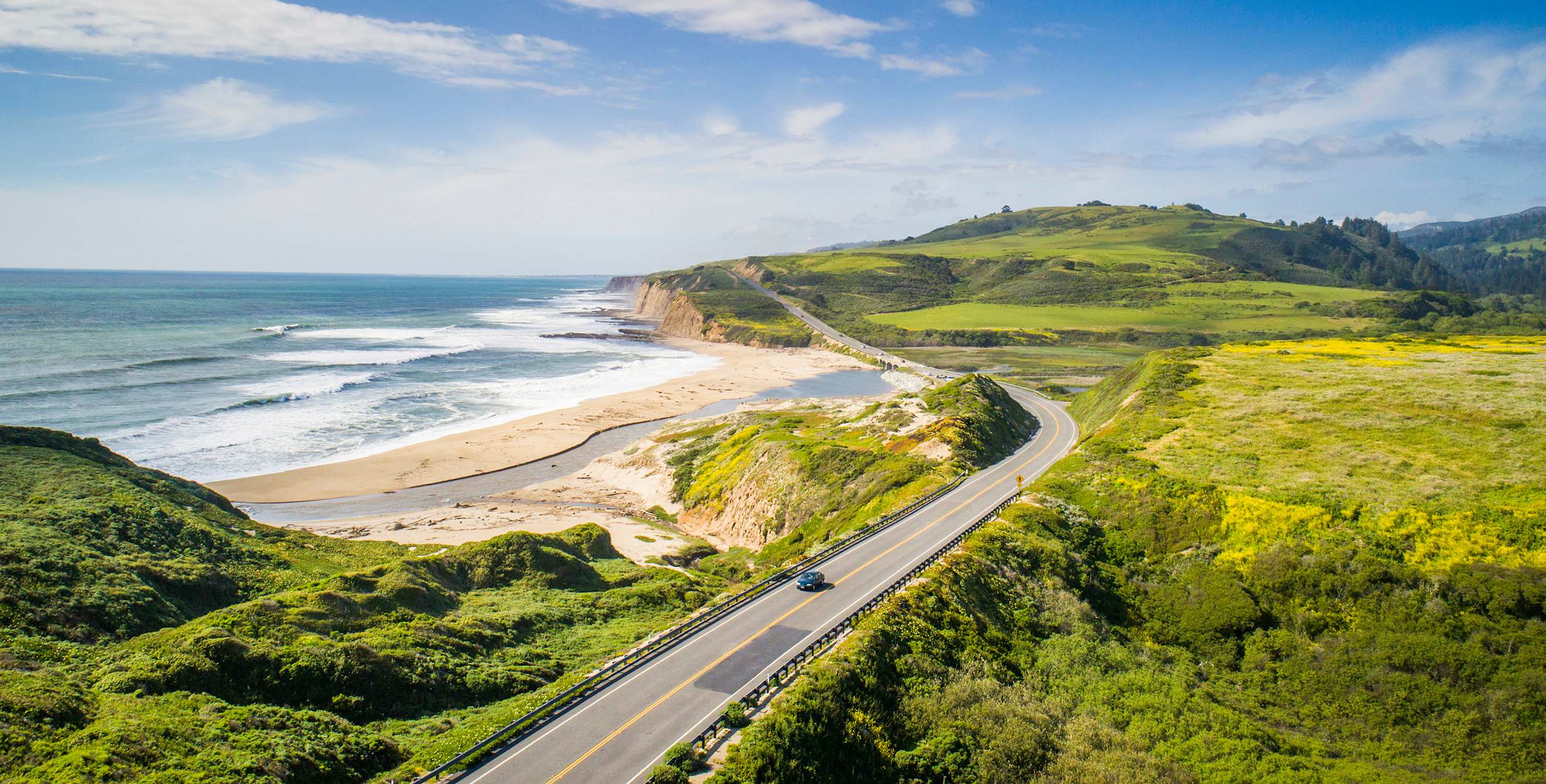
It's a sun-kissed afternoon, and I'm cruising up the coast near Santa Cruz, California—hands on the wheel, eyes on the road, ears ringing with feedback about my driving.
My teenage daughter, Scarlett, is in the backseat, but she hasn't said a thing. The commentary is coming from my rental car.
I could tell it was bossy the moment I backed out of my driveway that morning. CHECK ENTIRE SURROUNDINGS! commanded a digital message on its dashboard screen.
Now, a few hours later, we're making our way north on a bucolic stretch of Highway 1. In this pristine setting, it's easy to forget we're just over the hill from the high-tech bustle of Silicon Valley, which is fast becoming as important to the car industry as Detroit. Though many of the companies leading the charge into our automated future—such as Tesla and Google—are just an hour's drive from here, our surroundings make them feel a world away.
I hit my blinker, preparing to pass a slowpoke, and my opinionated vehicle reminds me I'm living in 2017: A hazard light flashes in my side-view mirror and the car sounds an alarm to indicate that it's unsafe to change lanes.
The shrill noise snaps me to attention. Scarlett, too. "Do you want me to drive?" she jokes.
She'll get a chance someday, but it'll likely be a very different experience for her. In the coming decades, brisk innovation in car technologies will unlock extraordinary changes in how we get around, the landscapes we drive through, and much, much more.
My ride for today—a Mercedes GLS450—has all sorts of whiz-bang driver-assistance systems, including lane-departure warnings, blind-spot monitoring, and automatic emergency braking. Increasingly, such systems are standard equipment in new cars. But compared with the technology that's just around the bend, they're as cutting-edge as a hand-squeezed horn.
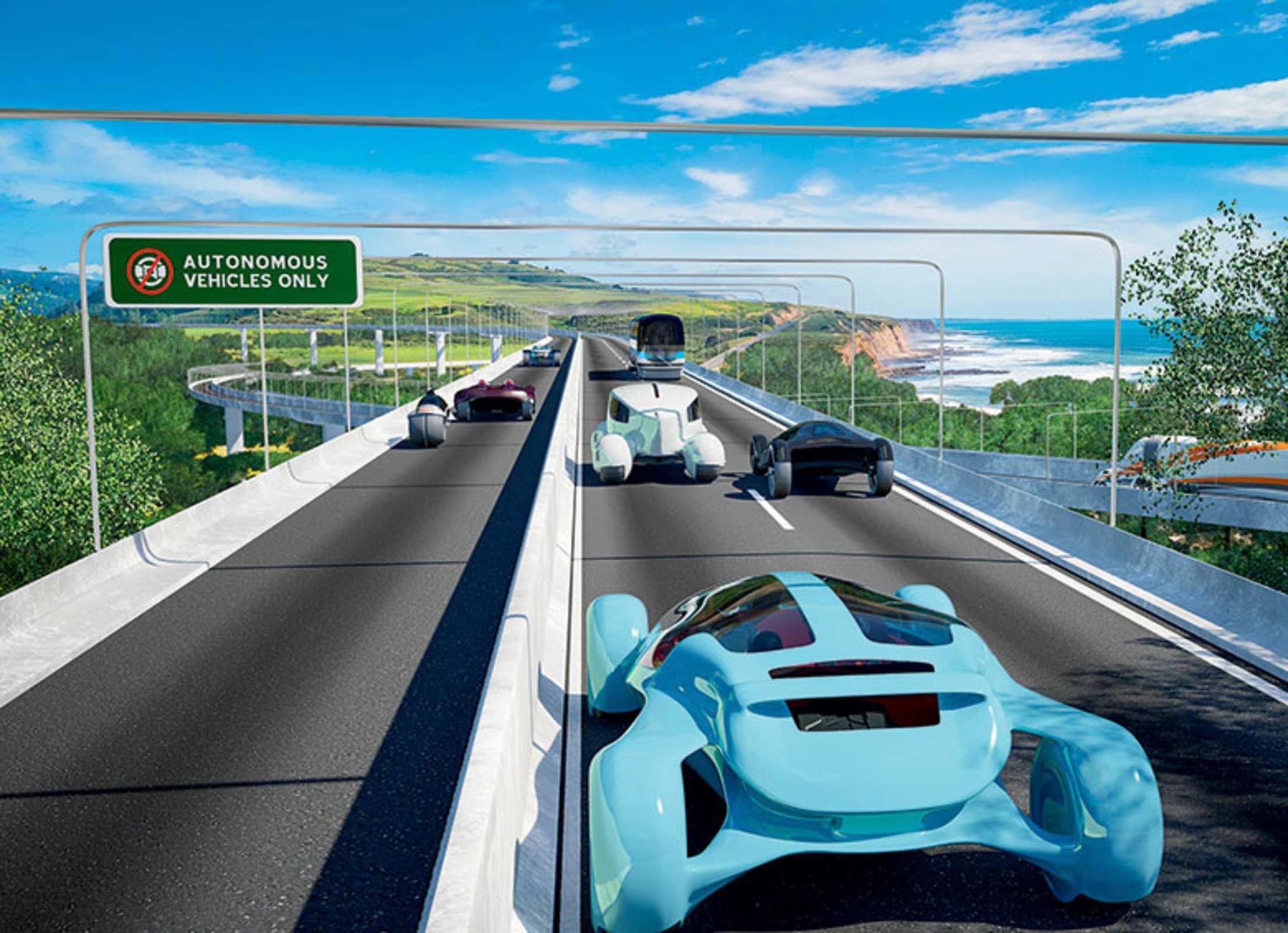
Fully automated vehicles—which will steer, brake, and park entirely on their own—are coming. Exactly when they'll become common is hard to say. But many experts think that in another generation they'll rule the road.
Already, some have merged into the flow of traffic. They've negotiated the steep streets of San Francisco and the lonely highways of Nevada. In 2015, a modified Audi SQ5 completed a 3,000-plus mile trip from California to New York; a human was in the driver's seat but barely touched the wheel.
For a lot of people, including me, the prospect of us all becoming passengers, ferried about by virtual chauffeurs, is cause for both wonderment and worry. "Wow," we say, "but is this really what we want?" Industry forecasters predict significant benefits. Autonomous vehicles—along with shifts away from personal car ownership and gas engines and toward car sharing and electric power trains—will make travel safer, cleaner, and more efficient. They'll save lives, time, and stress even as they spare the air.
On this blue-sky day, I'm trying to wrap my head around how these changes will reshape family travel. What will such excursions be like in the future, with my daughter driving—if she needs to drive at all— and my grandkids along for the ride?
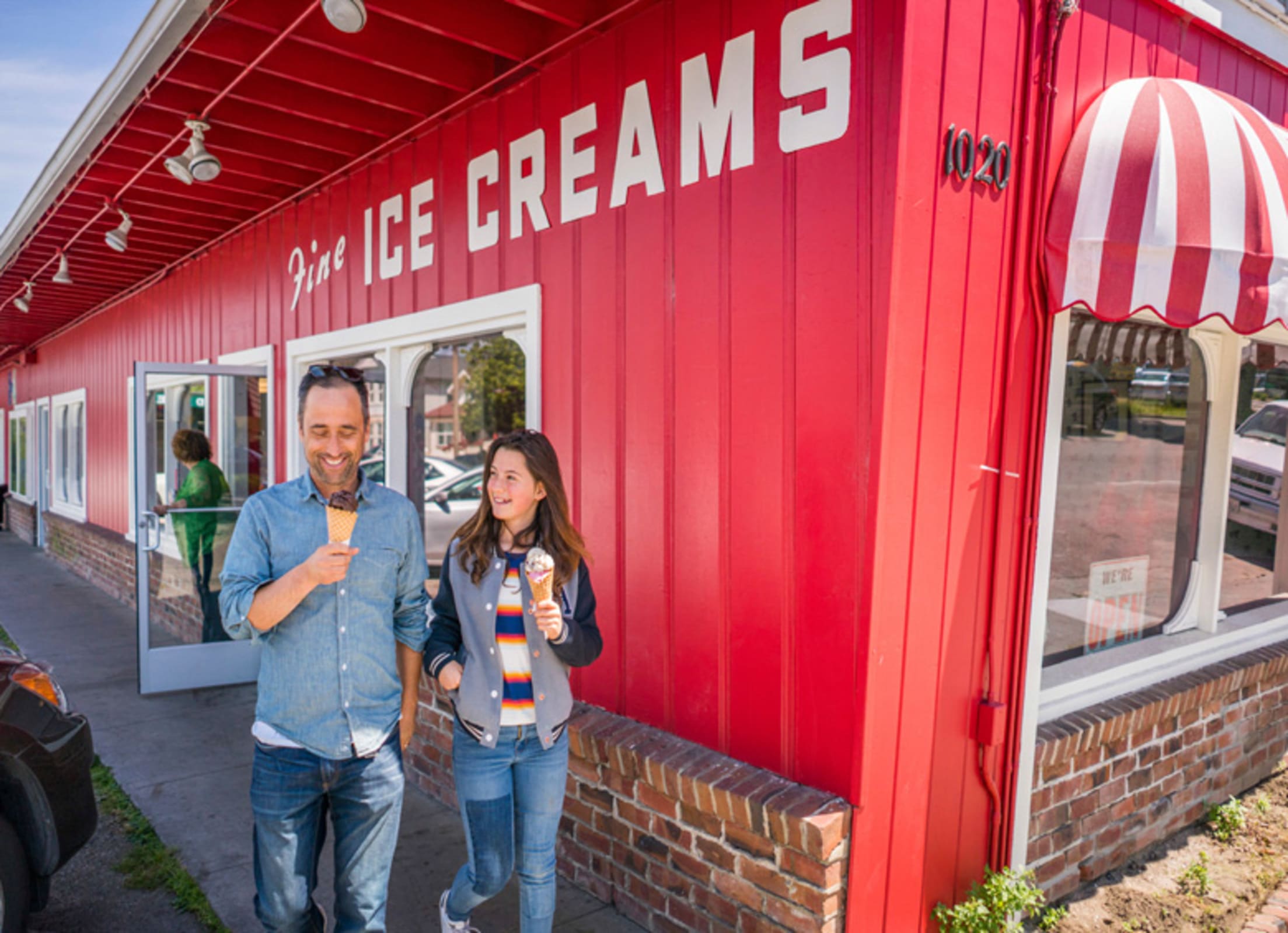
The Road Trip, Reimagined
"The family road trip will definitely be different," John Moreno tells me, when I put the question to him a few days later. As a public affairs manager for AAA based in Northern California, he keeps tabs on the latest trends in cars and driving.
For starters, Moreno says, when the family of the future embarks on a vacation, they might not pile into the traditional SUV parked in the driveway. Instead, they may wait for a shared vehicle—most likely electric or hydrogen powered—to show up at the curb when summoned by a Siri-like digital personal assistant. The specific make and model that arrives could depend on the number of passengers, the distance they're traveling, and the expected road conditions.
If their goal is great scenery, they'll probably get it, no matter where they're actually going. Thanks to virtual reality windows, they could be hurtling down I-5 but looking out at the Champs-Élysées. "As much as anything," Moreno says, "cars will be vessels for customized experiences."
This is not how I thought of my parents' Plymouth wagon when I was a kid in the 1970s, riding in the way-back with my brother. A car was just something that conveyed us from Point A to Point B as we gazed at actual landscapes, playing word games and cataloguing out-of-state license plates.
My fond memories of those moments were partly how I sold this father-daughter day to Scarlett: She could set aside her iPad for a few hours of I Spy and enjoy a taste of childhood as her dad knew it while soaking up the splendor of the coast. Of course, a little bribery was also involved.
Our first stop, in Santa Cruz, is a promised visit to Marianne's Ice Cream, a local institution that doled out its first scoops in 1947. It offers customized experiences of its own—more than 80 flavors to choose from. I opt for rocky road, which I hope will not turn out to be a metaphor for our trip.
Were this 10 or 20 years from now, our car might drop us off at the ice cream parlor, park itself while we ate, then swing around to pick us up. It could also negotiate the stop-and-go traffic we encounter as we curl along the cliffs at the city's southern edge, past the popular surf spot Steamer Lane. The swell is up, and swarms of surfers are vying for waves. Congestion is an issue everywhere these days.
Many experts believe that self-driving cars will help make roads less crowded, especially in cities, where automated vehicles, combined with sharing services, will reduce the density of traffic while still shuttling us efficiently where we need to go.
There's hope for crowded highways, too. Picture a road trip in which your car joins a caravan of vehicles streaming smoothly down the freeway at the speed limit, just three or four feet between bumpers. Such driving scenarios would require each car to have an array of sensors—which never take their "eyes" off the road—coupled to an onboard computer making rigorous, split-second decisions.
Forecasters say that's another upside of self-driving automobiles: They could eliminate the human errors that account for the vast majority of vehicle collisions, which kill more than 35,000 people in the United States every year.
In the event of a fender bender or other snarl, those driverless cars would use their communications skills to alert one another to the problem and suggest alternate routes, without any screaming or angry gestures. Robots don't succumb to road rage unless you program them to.
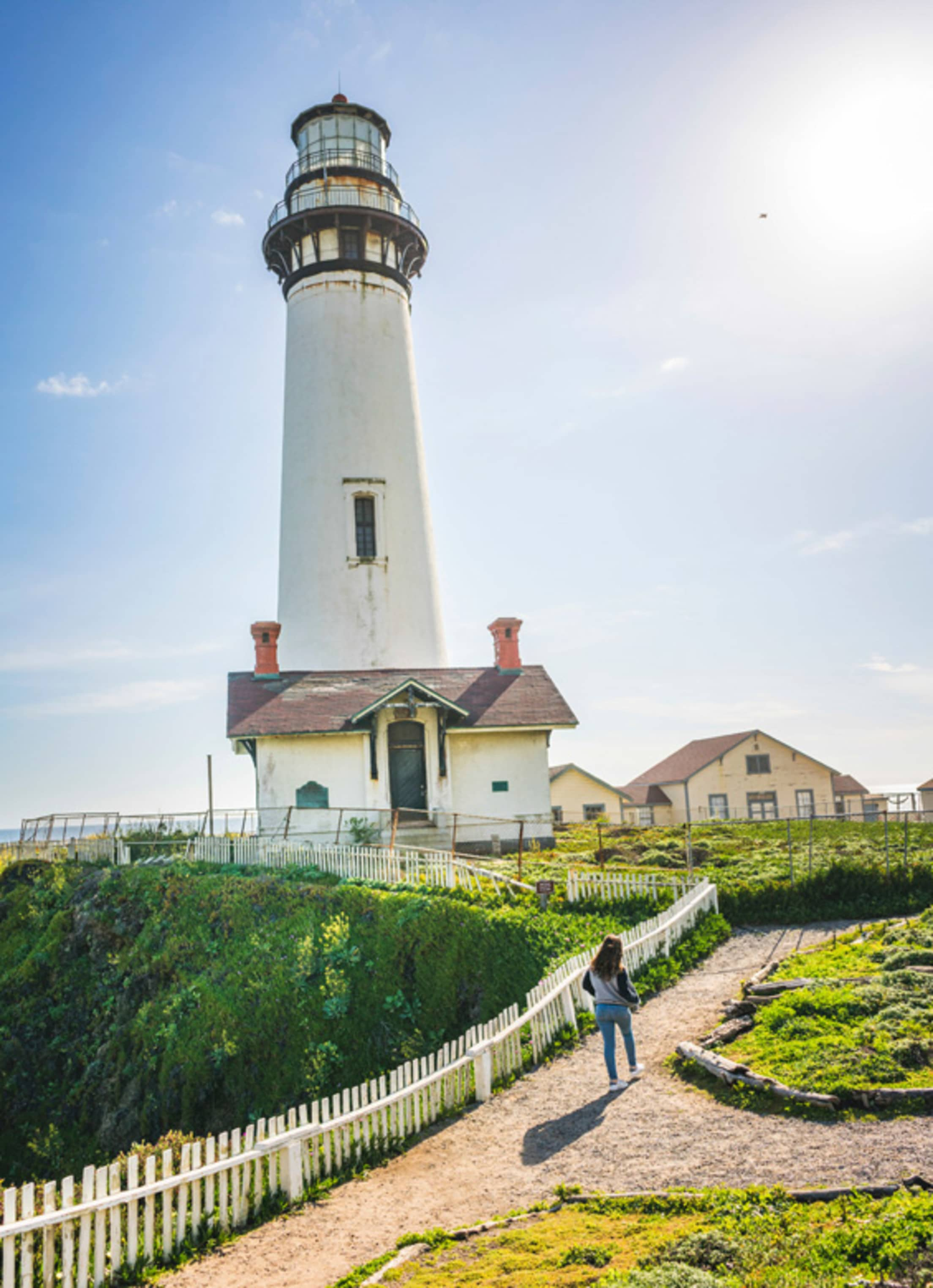
High-Tech Future, Rustic Past
At the moment, I'm a very happy driver. We've left Santa Cruz behind and we're heading north. This swath of California is called the Slow Coast, and these aren't the kind of vistas you want to rush: wooded hills rising on the right, green farms and sparkling ocean stretching out on the left.
The only other car in view is a vintage red Corvette convertible, the sort of boutique ride that once caused my own father to swoon. His generation celebrated driving for its own sake— not just to get from one place to another, but also for the pure pleasure of handling a car on a sunny day in a pretty place. In the future, such driving could become more like horseback riding: What was once a common mode of transportation will be reserved for hobbyists.
In the coming years, as fully automated cars gain traction, experts envision highways with designated lanes for self-driving vehicles. Eventually, such lanes will become the norm. Only enthusiasts will do their own driving, in special lanes or on separate, private roads, perhaps for a fee.
Maybe Highway 1 will become one such road. For now, though, it's home to a gentler kind of commerce. In the sleepy town of Davenport, Scarlett and I stop at Swanton Berry Farm, where verdant fields spread behind a roadside shop and barn. Swanton's practices are pioneering—in 1987, it became the first certified organic strawberry farm in California—but its policies are a throwback: You pay by the honor system. We grab a flat of fresh, sweet berries at the farm stand, sample a few, drop some cash in a box by the counter, and drive on toward Pigeon Point.
Perched on a promontory, the lighthouse at the point started guiding ships in 1872. It still lights up the coast, but its keeper's quarters long ago became a hostel. The lamp in its lantern room, which originally burned lard and later kerosene, is illuminated today by electricity. Even the coolest technology eventually becomes obsolete.
When I bring this up to Scarlett, trying to sound profound, she says, as if on cue, "I spy something that starts with a T."
It's a Tesla Model X, in the Pigeon Point parking lot. Anywhere we travel, Scarlett loves to call them out. The parent of one of her school friends drives a Tesla, so she knows the car can do things automatically that her own father doesn't like to, such as parallel park and navigate rush-hour bottlenecks.
Not long ago, I test-drove a Model X—or, rather, it drove me, its Autopilot engaged in heavy freeway traffic (but my hands still firmly on the wheel). While I think nothing of planes flying themselves, this stop-and-go excursion sent my mind racing.
I couldn't shake the feeling that ceding control to a self-driving car is lot like parenting a teen: You want to trust but can't completely let go.
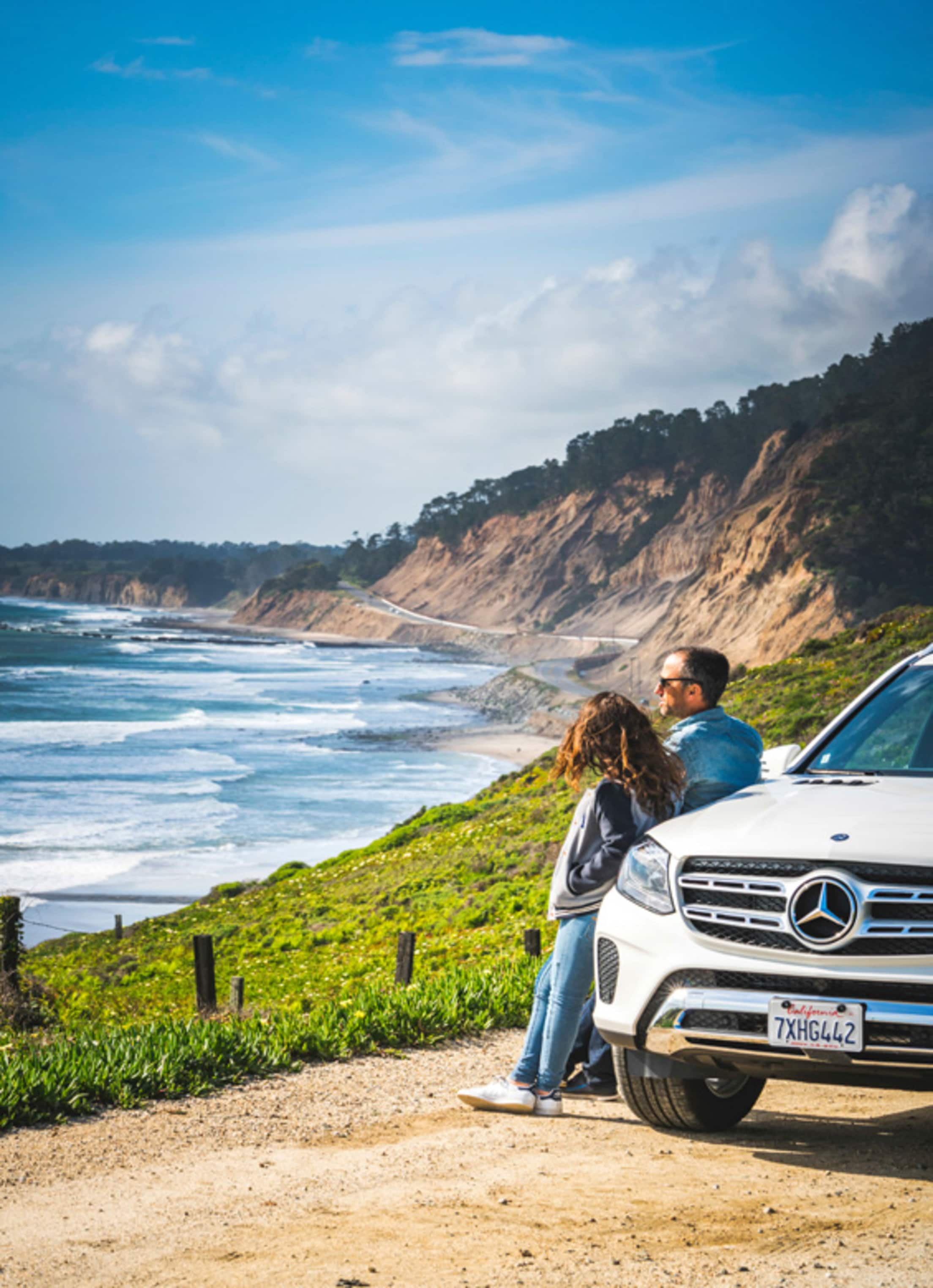
Bumps in the Road
Such anxiety is not the only uncertainty surrounding self-driving cars. Lawmakers all over the United States are struggling to formulate regulations that will keep citizens safe without stifling innovation. The rules for such cars vary widely from state to state. Throw in looming questions about insurance coverage—if a robot is driving, who's liable in a crash?—and you see how unsettled the automated future still is.
In the meantime, the technology barrels forward. One afternoon, I visit GoMentum Station in Concord, California, where a 5,000-acre decommissioned naval station has been transformed into a test site for autonomous vehicles.
"It's great out here because you can do almost anything and not put anyone at risk," says Randy Iwasaki, executive director of the Contra Costa Transportation Authority, which helps manage the testing program. "You can do doughnuts. You can bomb around at 100 miles per hour."
We're standing at a paved intersection, one of many in the station's 20-mile grid of roads. Weathered barracks and rusted Quonset huts give the site the look of an abandoned movie set—albeit one with futuristic vehicles cruising around.
One of them is rolling slowly toward us, a driverless shuttle called EasyMile. Designed to carry passengers short distances, EasyMile shuttles are already being tested in a pilot program in a nearby business park. By early 2019, they're expected to hit the streets of the city of San Ramon, down the freeway from where we're standing.
"Let's do a little experiment," Iwasaki says. "Step out in front of it." Wisely or not, I do as instructed. The EasyMile comes to an immediate halt, and Iwasaki breaks out in an instant grin.
As pedestrians and drivers, humans can be unpredictable. Understanding our behavior is just one of the technical hurdles automated vehicles must clear. They'll also have to learn how to read traffic lights, handle lousy weather and poor visibility, and manage unmapped obstacles such as construction. The quality of roads, the clarity of signs, and the strength of wireless signals will have an impact, too.
For these reasons, road trips of the future might require multiple cars. You might start with a fully autonomous vehicle in the city, where the infrastructure is well mapped and well marked. But as you move into the countryside, where the roads are less uniform and the network signals weaker, you might have to switch to a less automated vehicle.
Back on Highway 1, my cell phone once again has four full bars, but Scarlett and I are running out of gas. Our car is, too. As I stop to fill its tank in Half Moon Bay, one of the rare commercial hubs along this stretch of coast, I turn the tables on my bossy rental by telling its voice-activated navigation system to "find nearby restaurants." The car obliges with a list of suggestions.
We choose Dad's Luncheonette, a diner in an old red train caboose run by a chef who's worked in Michelin-starred kitchens. We order two burgers and a Coke with two straws, and we snack and sip facing each other. Twilight has fallen by the time we walk back to the car. Scarlett grabs my hand.
"That was fun," she says.
Tomorrow will arrive before I know it. But no matter what amazing things it brings, it'll be hard to beat my here and now.